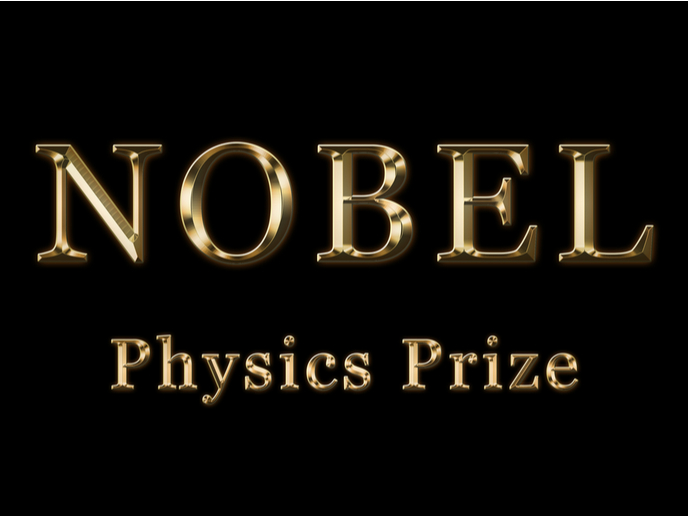Two EU-backed scientists win the 2021 Nobel Prize in Physics
EU-funded scientists Klaus Hasselmann and Giorgio Parisi have won the 2021 Nobel Prize in Physics. They share the award with a third laureate, Syukuro Manabe, for their “groundbreaking contributions to our understanding of complex physical systems.” Complex systems, such as Earth’s global climate, the human brain, and transportation or communication systems, are difficult to understand because they have random and disordered processes. The three Nobel laureates discovered new ways of describing them and predicting how they will behave in the long term.
Discoveries in climate and other complex systems
Prof. Klaus Hasselmann of Germany’s Max Planck Institute for Meteorology devised a model that links weather and climate, showing us why we can still rely on climate models despite the changeable nature of weather. The leading German climate modeller has also developed methods that prove that anthropogenic carbon emissions are responsible for rising global temperatures. Support for his research was received from two EU-funded projects, EURUCAS and COMPLEX. About 10 years earlier, Princeton University’s Syukuro Manabe laid the foundation for the development of current climate models with his work on physical models of the Earth’s climate and exploration of how radiation balance and the vertical transport of air masses interact. The two scientists have been jointly awarded one half of the Nobel Prize in Physics “for the physical modelling of Earth’s climate, quantifying variability and reliably predicting global warming.” The second half of the prize goes to Prof. Giorgio Parisi from Sapienza University of Rome for his discovery of hidden patterns in disordered complex materials. For almost a decade, the Italian theoretical physicist has received EU support for his work with two European Research Council grants CRIPHERASY and LoTGlasSy. His first project focused on understanding key large-scale phenomena in classical and quantum disordered systems. His current work involves the development of a theory of the large-scale properties of the free energy landscape of glasses at low temperature, with a focus on the jamming of hard spheres. Prof. Parisi was awarded half of the Noble Prize “for the discovery of the interplay of disorder and fluctuations in physical systems from atomic to planetary scales.” According to theoretical physicist Dr Steven Thomson of the Free University of Berlin, in an article posted on ‘Physics World’, “Parisi has had a hand in inventing some of the most powerful and important theoretical machinery we have for understanding the behaviour of spin glasses and other complex systems.” The Italian researcher’s work, as Dr Thomson notes, “has had far-reaching impact on a huge variety of other fields, including particle physics, quantum field theory, neural network theory and other mathematical methods.” European Commissioner for Innovation, Research, Culture, Education and Youth Mariya Gabriel commented on an official EU website: “I warmly congratulate all three laureates of this year’s Nobel Prize in Physics for their achievement. I am proud that the EU has backed two of them … through research and innovation funding aimed at advancing scientific knowledge. This shows us that investing in top frontier science helps to keep European research at the forefront.” EURUCAS (European-Russian Centre for cooperation in the Arctic and Sub-Arctic environmental and climate research), COMPLEX (Knowledge Based Climate Mitigation Systems for a Low Carbon Economy) and CRIPHERASY (Critical Phenomena in Random Systems) ended in the mid-2010s. The LoTGlasSy (Low Temperature Glassy Systems) project ends in October 2022. For more information, please see: EURUCAS project COMPLEX project CRIPHERASY project web page LoTGlasSy project web page
Keywords
EURUCAS, COMPLEX, CRIPHERASY, LoTGlasSy, Nobel Prize in Physics, complex system, climate, disordered system, physics, Parisi, Hasselmann, Manabe



